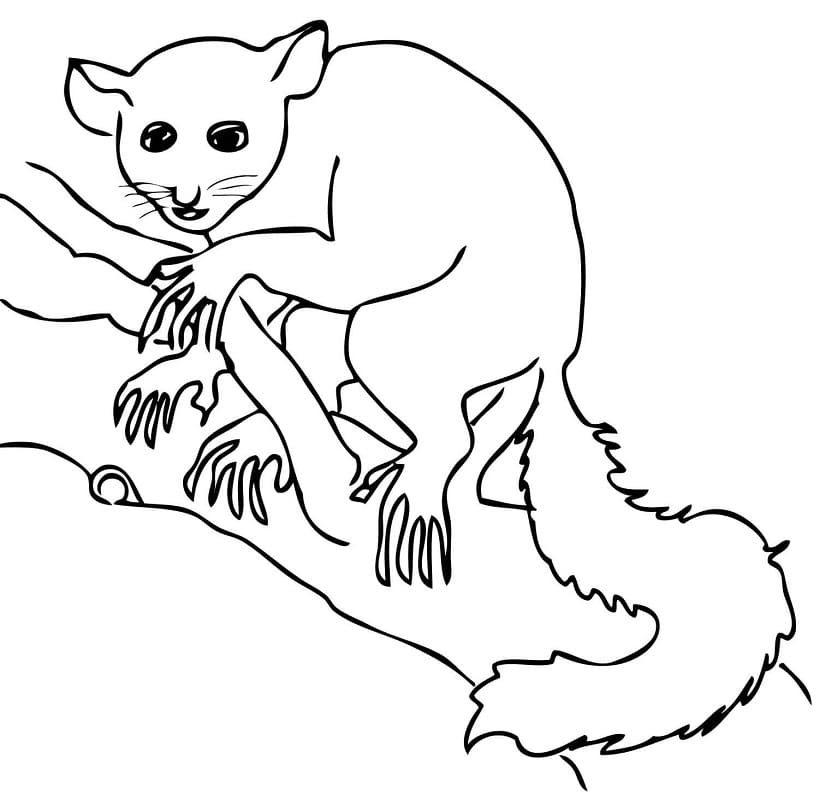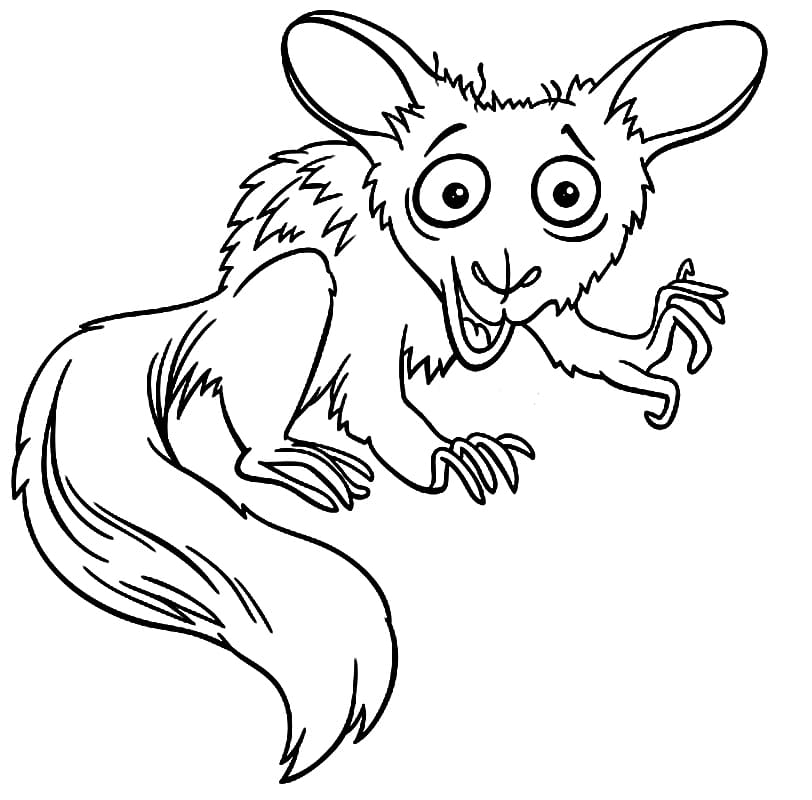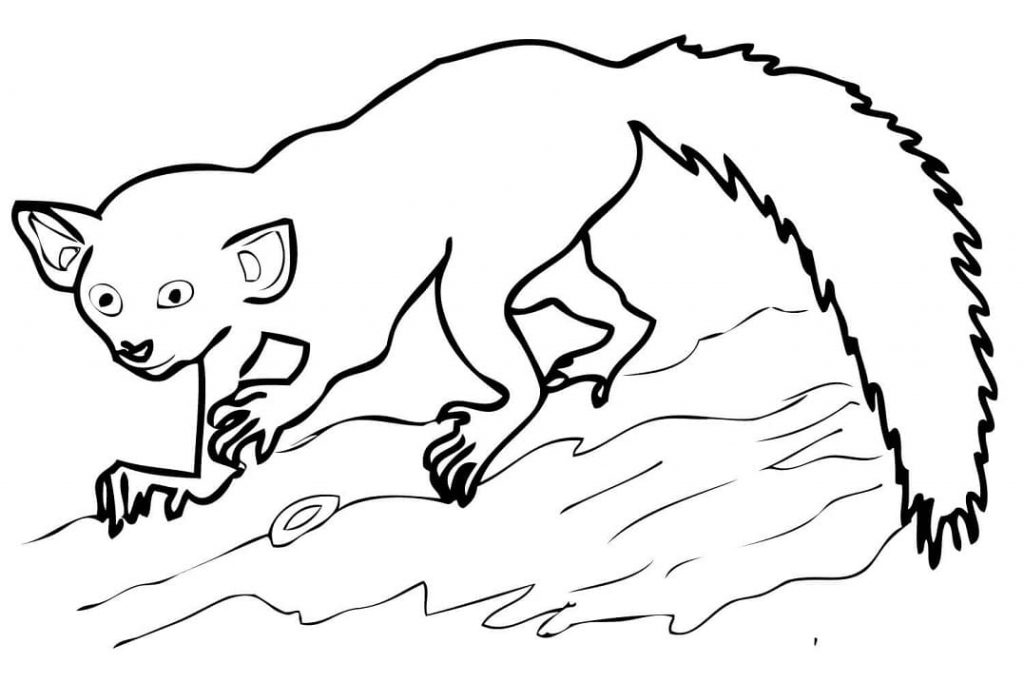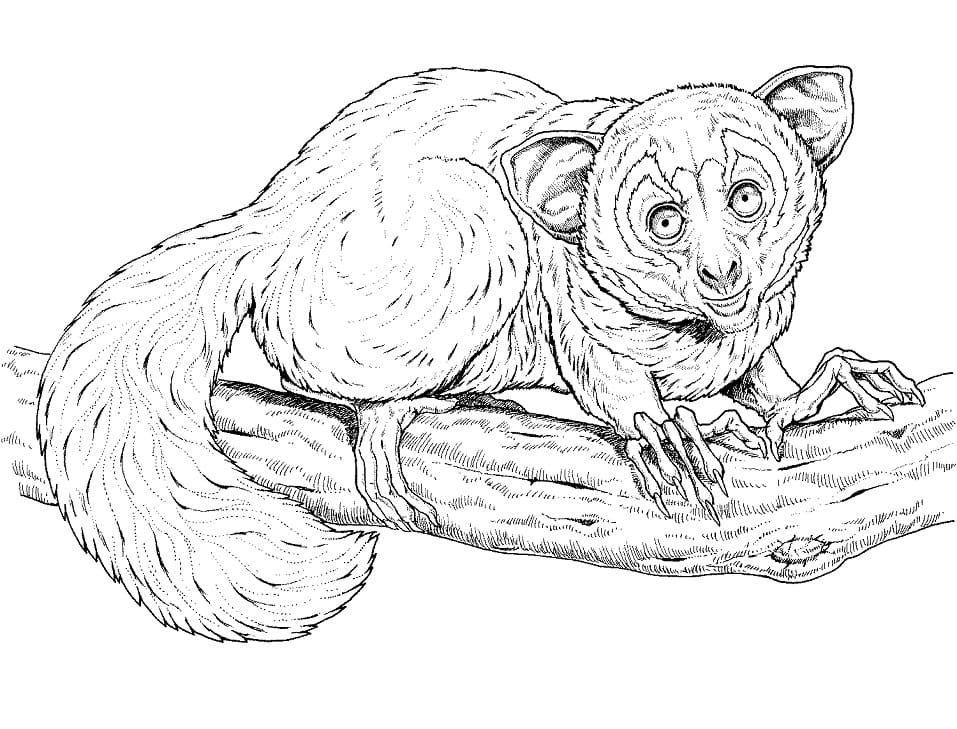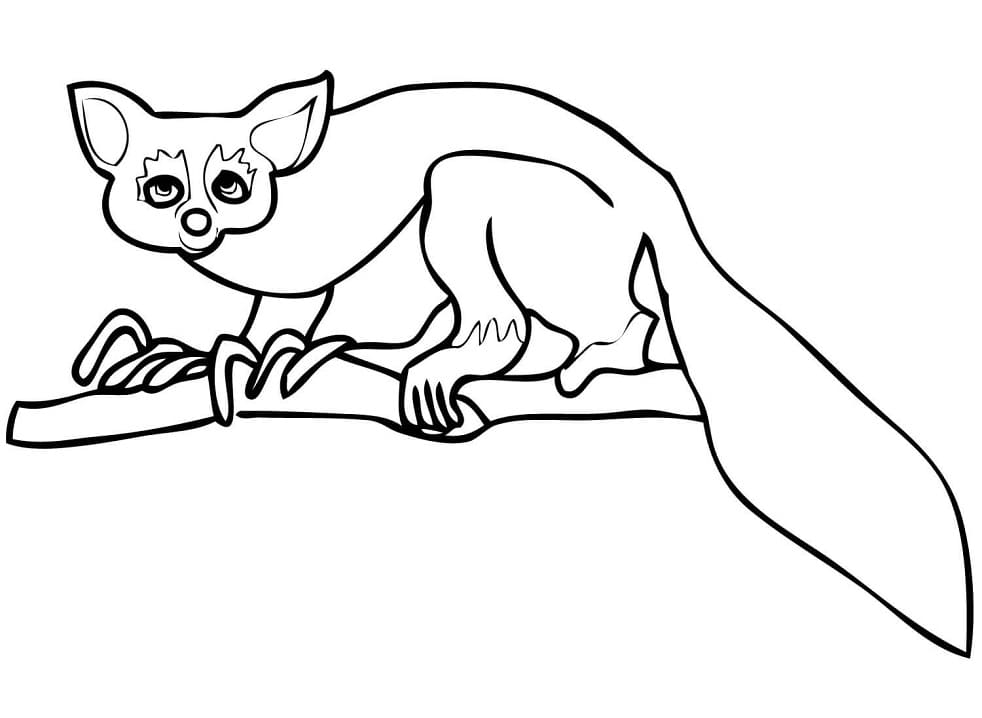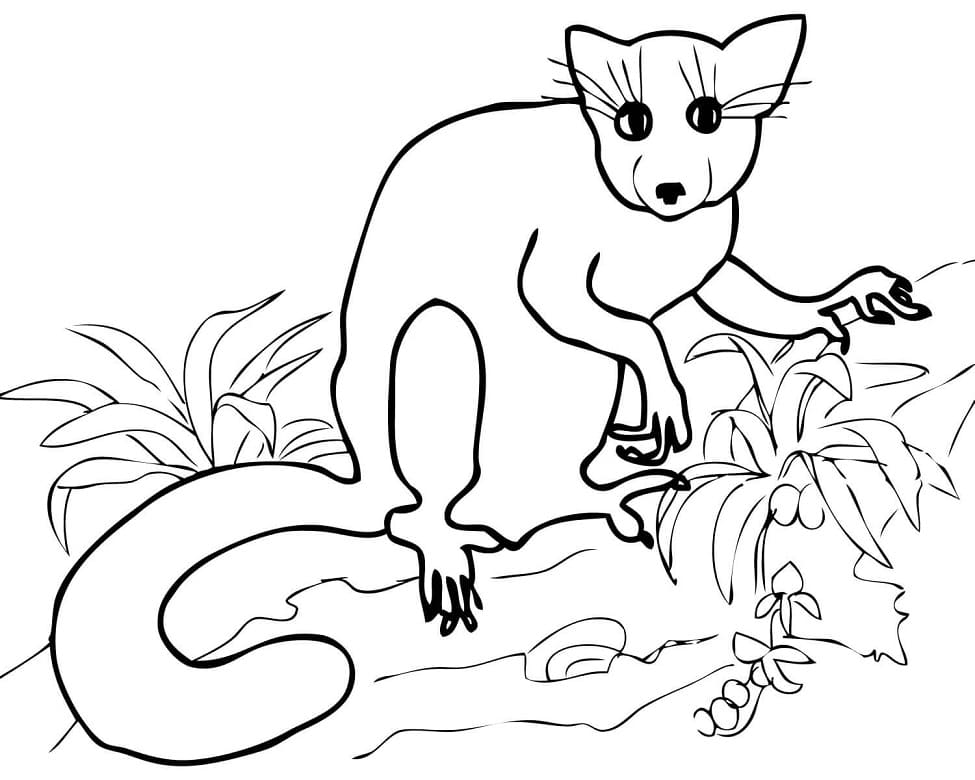Aye-Aye (Daubentonia madagascariensis) is a unique and rare species of lemur that is found only in Madagascar. It is a small primate mammal, belonging to the lemur family. Aye-Aye is distinguished not only by its appearance, but also by special adaptations that allow it to survive in the harsh environment of the jungle.
Aye Aye - information and interesting facts
- Appearance: The Aye-Aye has a distinctive body structure, including a long, skinny tail, long fingers with adaptations for catching insects and exceptionally long toes III, which are adapted for picking out larvae from outside the bark of trees. Its fur is mostly black with a white chin.
- Environment: Aye-Aye mainly inhabits rainforests and mangrove areas in Madagascar. It is a nocturnal animal, which means that most of its activity takes place at night.
- Diet: Aye-Aye is an omnivore, but insect larvae, including bark beetles, beetles and caterpillars, make up the bulk of its diet. It finds its food by nudging the inside of a tree trunk with its long fingers and listening for sounds that indicate the presence of larvae.
- Adaptations: Its most distinctive adaptation is its long, thin finger III, with which it picks larvae from the bark of trees. In addition, it has very large ears that help it detect sounds, and its elongated finger indicates that it is a destructive animal, a rare trait among primates.
- Threat: Aye-Aye is threatened with extinction mainly due to the loss of its habitat due to deforestation and poaching. Its unusual appearance and unremarkable behavior have also caused it to be frequently killed in the past for fear of a bad fate.
- Security: Aye-Aye is protected in Madagascar, as well as under international agreements. Madagascar is committed to protecting this unique species, including the establishment of reserves and national parks to provide it with a safe habitat.
Aye-Aye is one of the most unusual and rare lemurs in Madagascar. Its unique appearance and behavior attract the attention of researchers and animal lovers. However, due to the threat of extinction, it requires special protection and attention to preserve this unique species.



